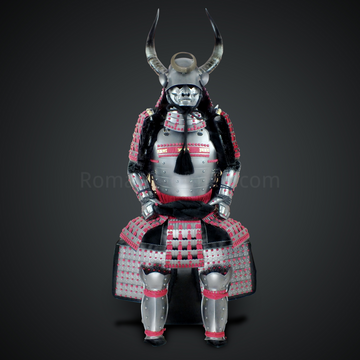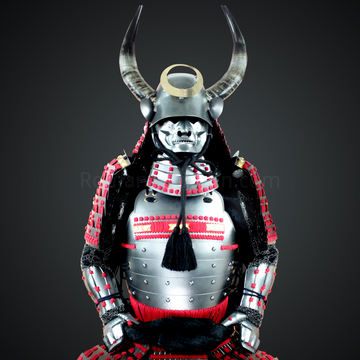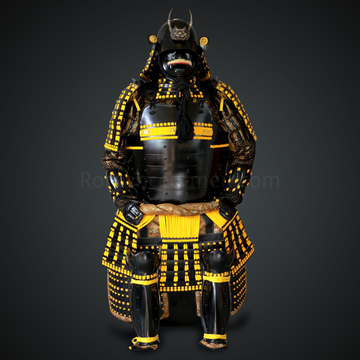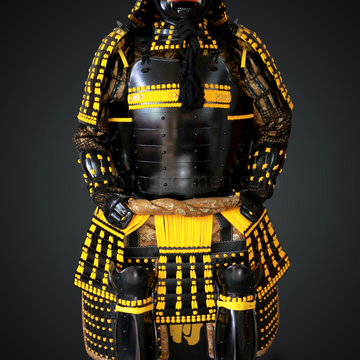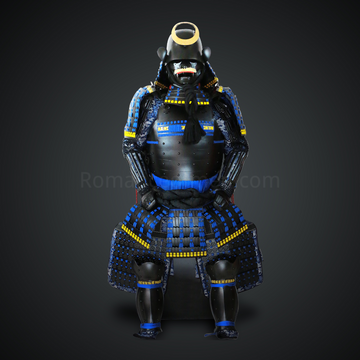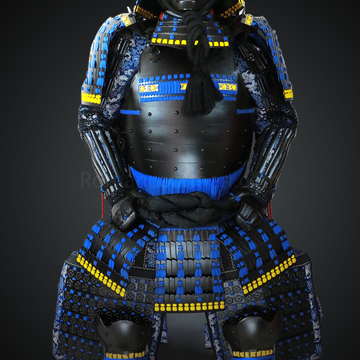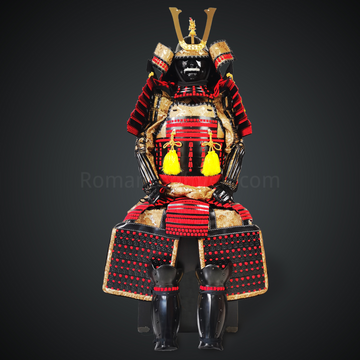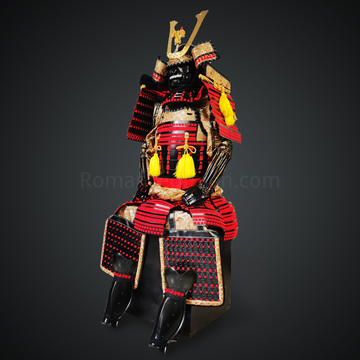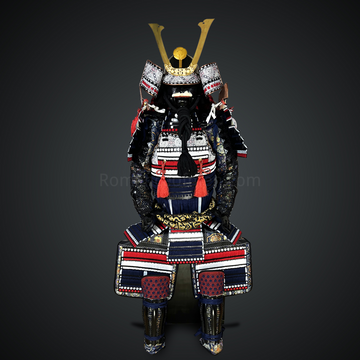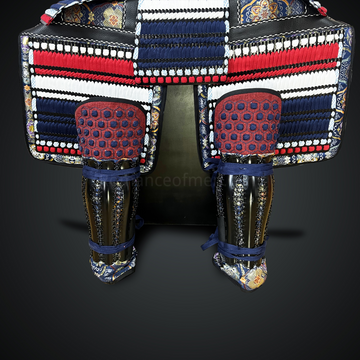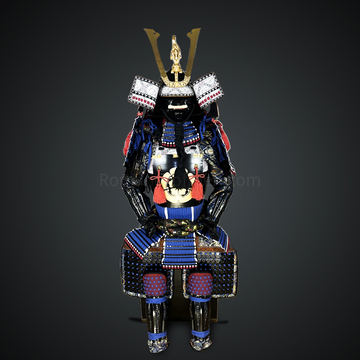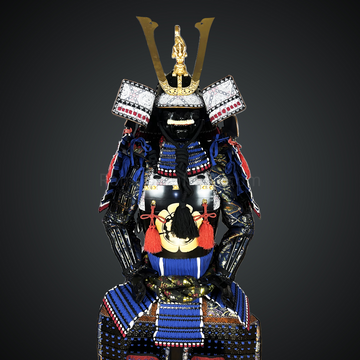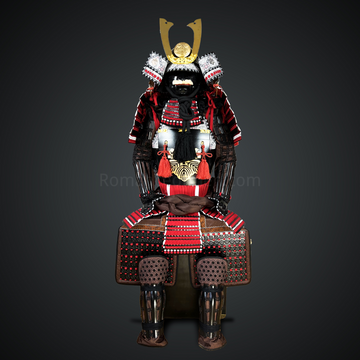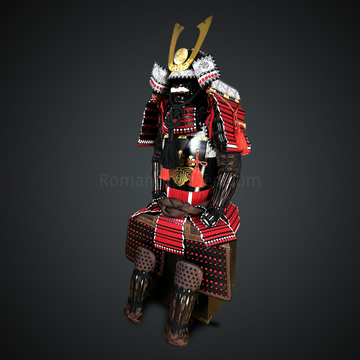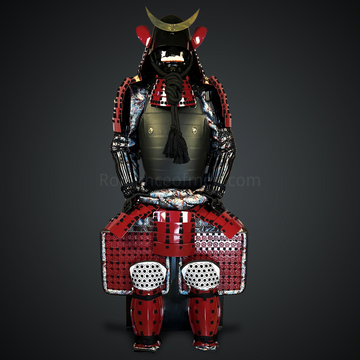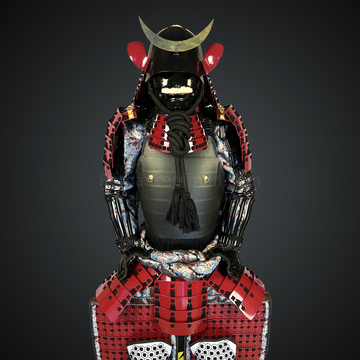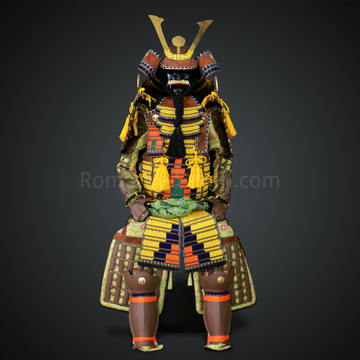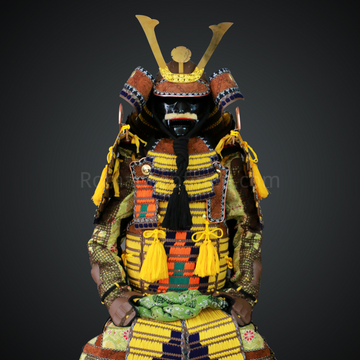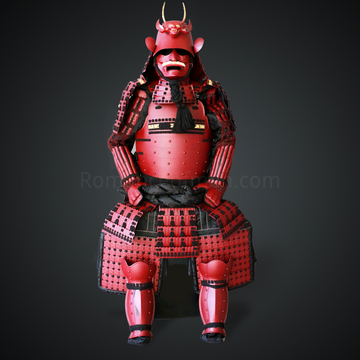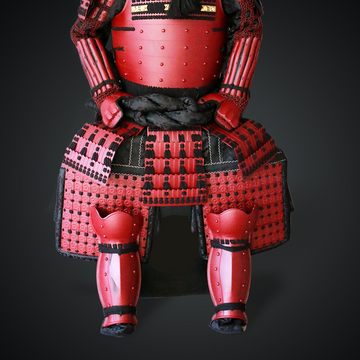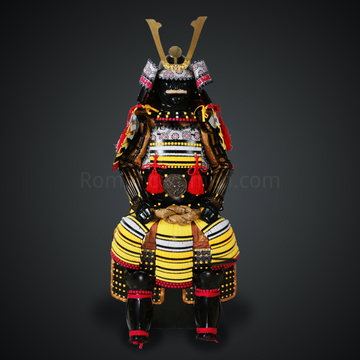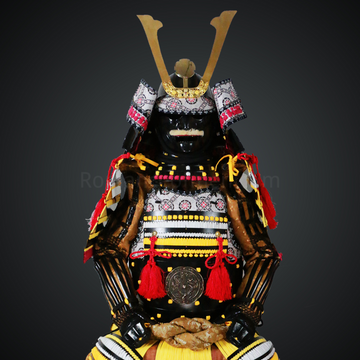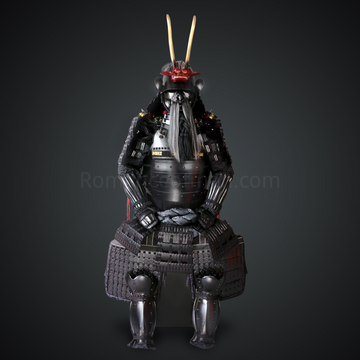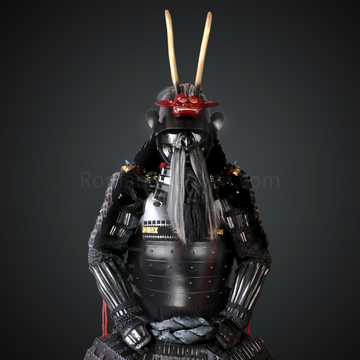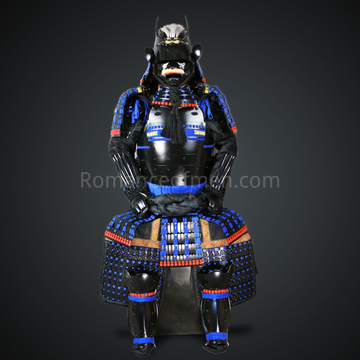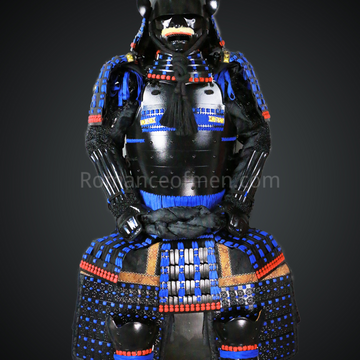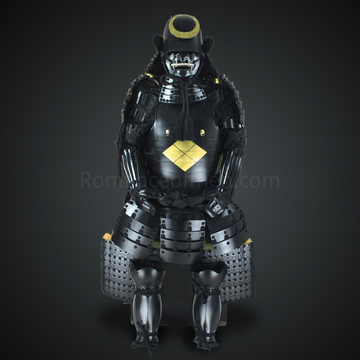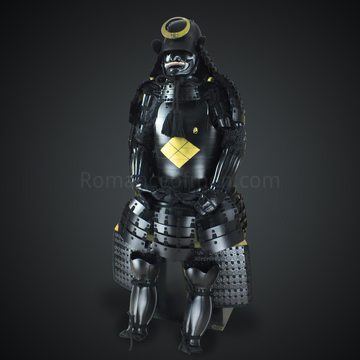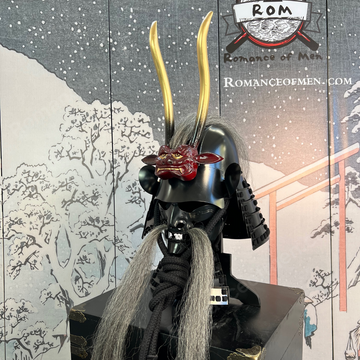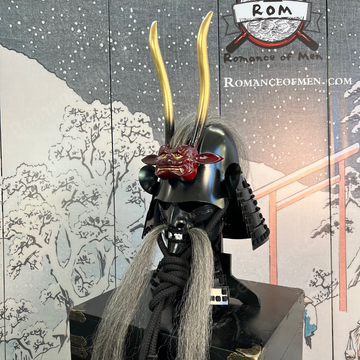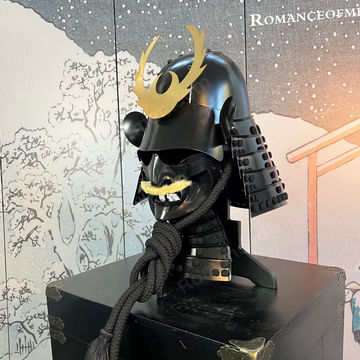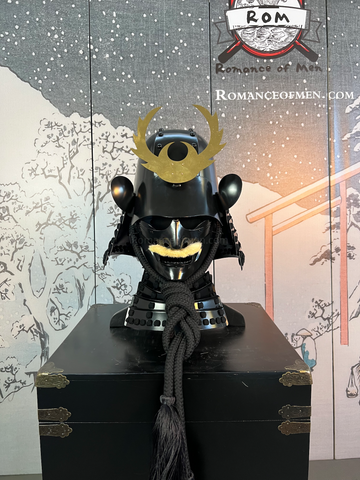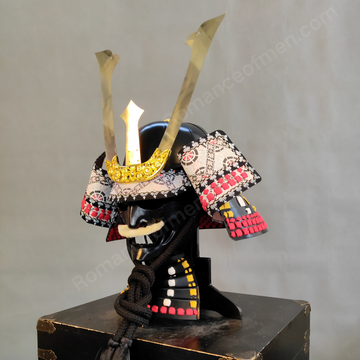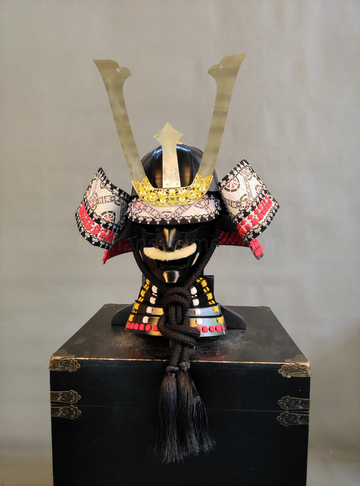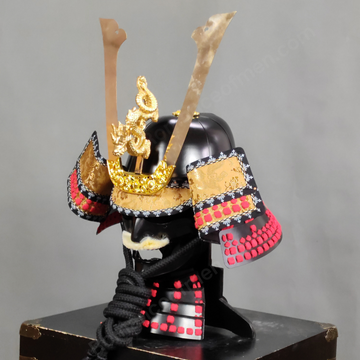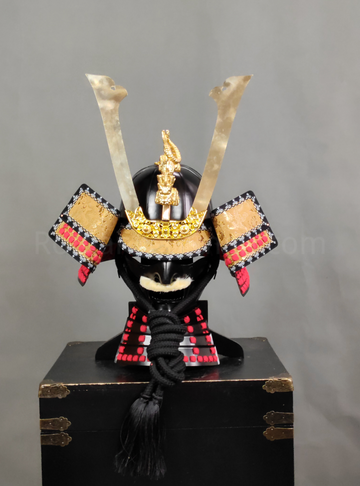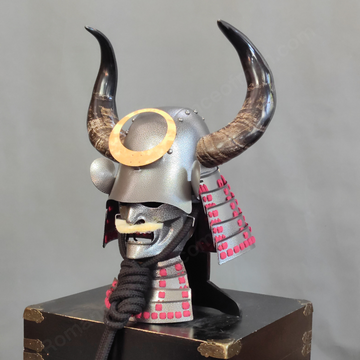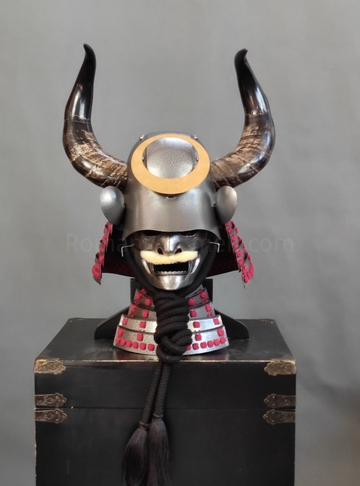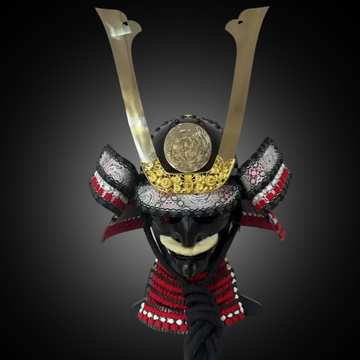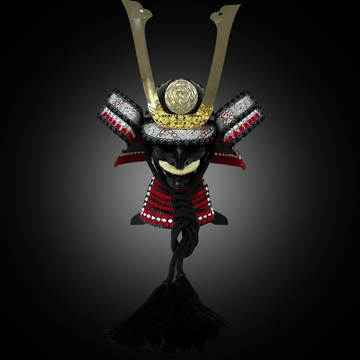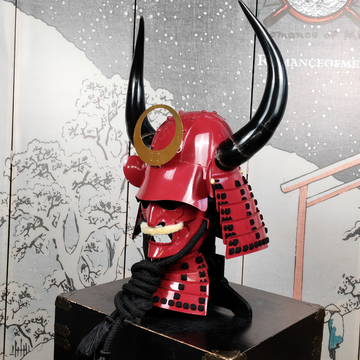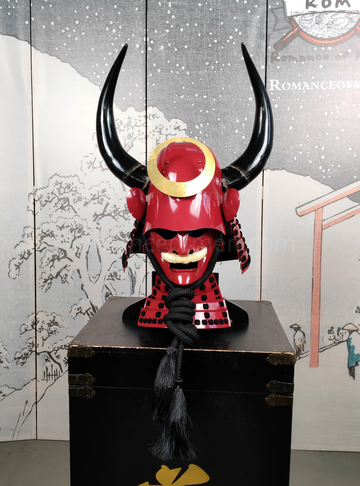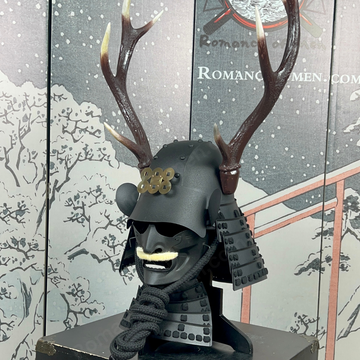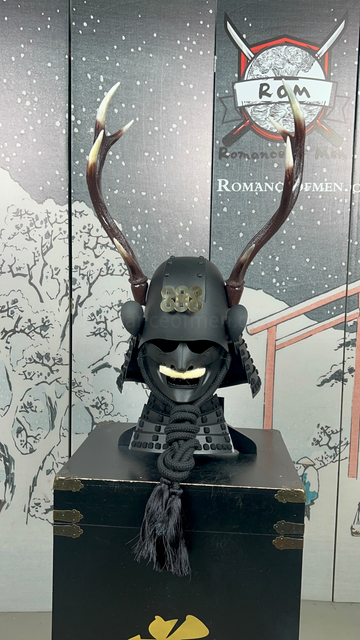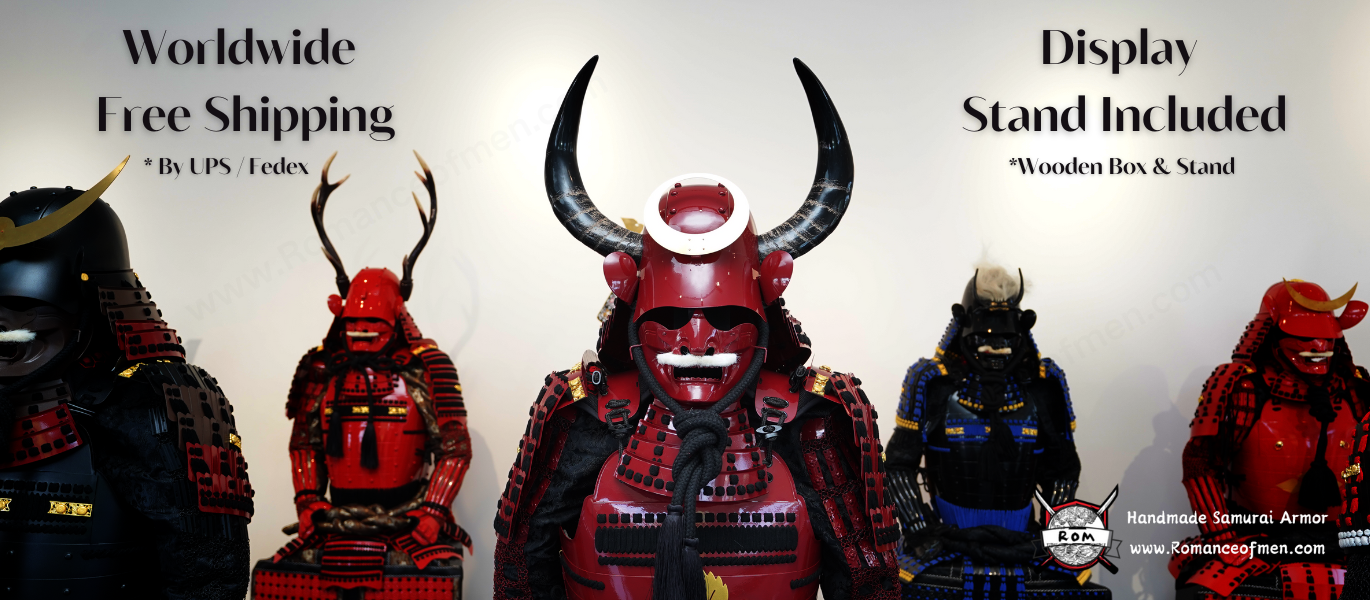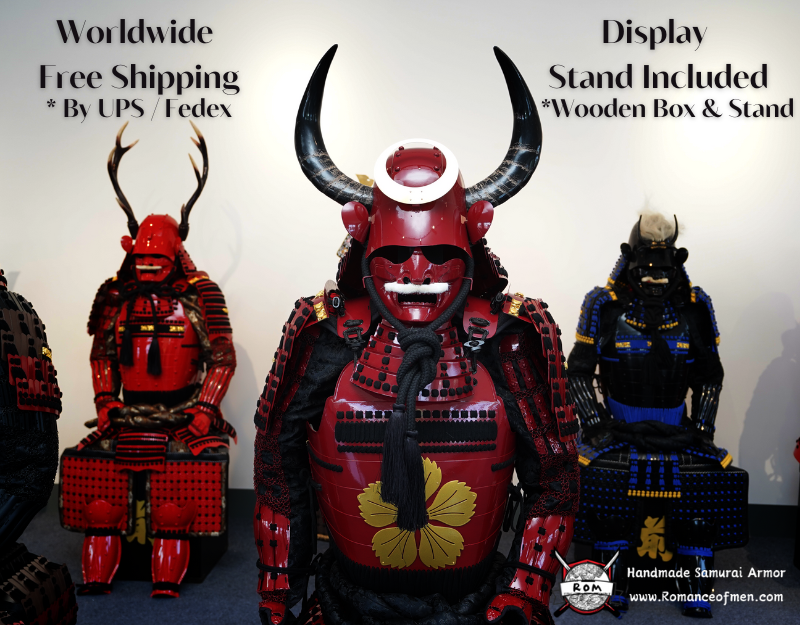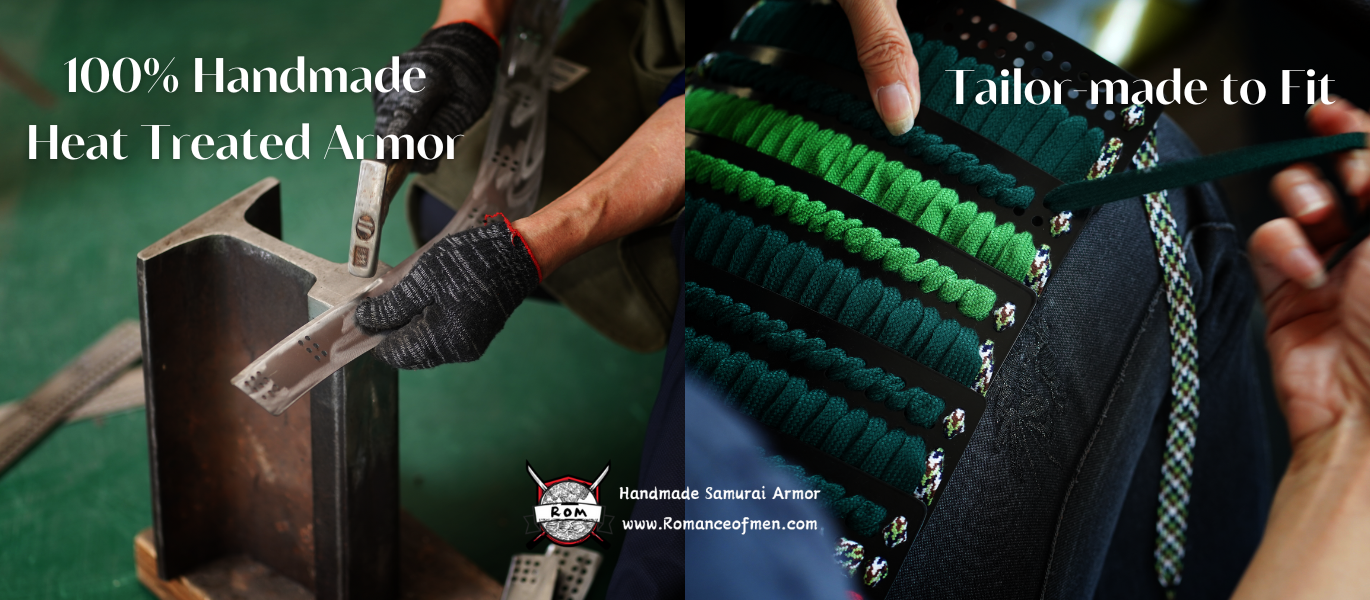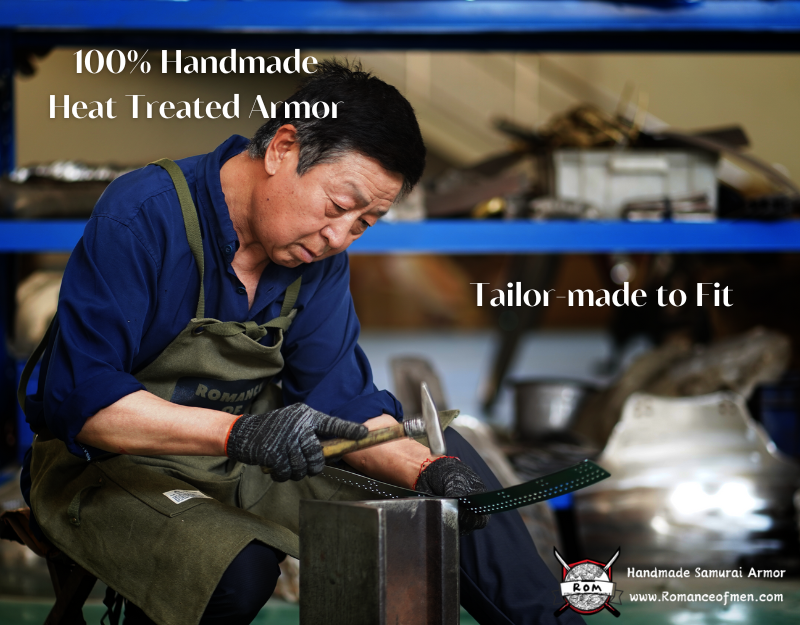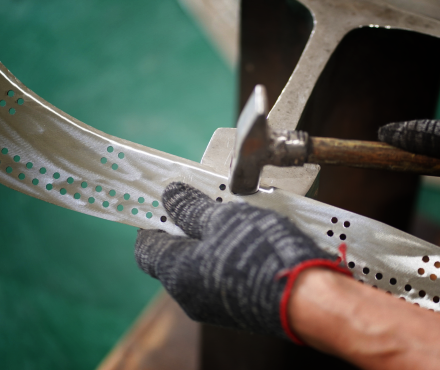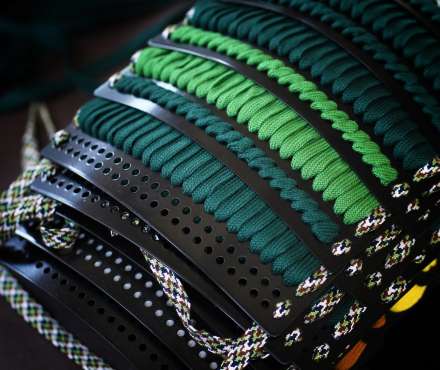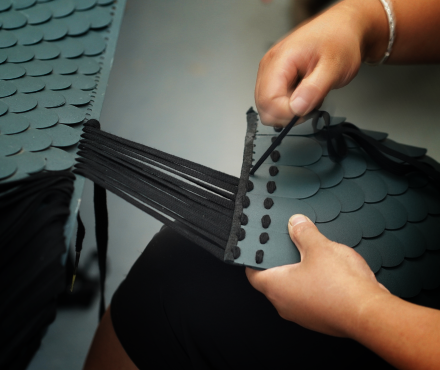Samurai Armor
Why choose our armor?
Since 2007, RoM has been dedicated to providing the most authentically-crafted, reproduction Samurai armor and swords. Our mission is to offer top-notch products at the most favorable price while providing outstanding customer service.
All our Samurai armors are 100% handmade, they are fully functional & wearable. Each part of the armor has been carefully researched to be as historically correct as possible. Our experienced craftsmen ensure that every detail is beautifully executed.
Who We Serve
Our Samurai armor is perfect for a wide range of enthusiasts. Budo, kendo and kenjutsu martial artists seeking authentic gear, samurai historical reenactors aiming for historical accuracy, LARP enthusiasts desiring immersive experiences, and movie and TV productions needing high-quality, realistic props will find our armor perfect for their needs.
How we made your samurai armor?
Each set of our samurai armor are made to order. We have a team of experienced craftsmen (Kachushi 甲冑師) tailor made the armor based on your measurements. We follow the traditional samurai armor making process while incorporating modern technology to enhance both the wearing experience and visual appeal for display.
Check our reviews:
Samurai Armor FAQ
What are the steps to properly wear samurai armor?
The correct way is from bottom to the top, here is an video we work with Matt to demonstrate the process. We also write a guide here.
How to display samurai armor properly?
We have a display case for each set of armor for you to set the armor up for display, this video will show you the process
Is your samurai armor authentic / traditional / historically accurate?
While we strive for historical accuracy, we can't claim to be 100% accurate. However, we come very close. Our team carefully researches details from original items, learns from museums and historical documents to ensure our reproductions are as historically accurate as possible. We follow the traditional way of armor making, and try to use as many original material as possible.
Is your samurai armor real / functional or solely for display purposes?
Yes, our armors are real, fully functional and wearable. They are perfect for display as well. Many of our customer bought it for private collection, for Japanese restaurants, hotel, office, stores, many movie and TV production used our Samurai armor too.
What is your samurai armor made of?
For the metal part, we used high quality cold rolled steel, thickness from 18 to 21 gauge (1.2 to 0.8 mm), they have been heat treated to achieve superior hardness and durability. They were coated with premium lacquer for better visual appealing.
Other materials we use include hemp, cotton, and silk. The combination of these materials ensures not only authenticity but also comfort and functionality in our samurai armor.
Will your samurai armor fit me?
Of course, when you placed the order, you will be asked for your height, weight, chest circumference etc, these measurements will help us tailor made your armor and fit you.
How heavy is your samurai armor?
A set of our samurai armor weighs about 25 kg (about 55 lbs). Depending on the design, it may be slightly heavier or lighter. While this might seem heavy to some, the excellent weight distribution ensures that it doesn't feel overly burdensome.
How strong is your samurai armor
Our samurai armor is made of real metal and follows traditional methods, ensuring it is durable, sturdy, and fully functional. However, it is not designed for full-contact battles.
Are customization options available for your samurai armor?
Yes, you can customize the color of your armor, select different decoration, parts, print your logo, because our samurai armor are handmade, we can do many off menu customization for you. Feel free to reach out if you have any ideas for your custom samurai armor.
What is the estimated delivery time for my order?
We usually need about 2-3 weeks to complete a set of samurai armor. Throughout the process, we will maintain communication with you to ensure all details are correct.,and after the armor is complete, we will send you the photos.
Our armor is carefully packed to prevent damage during shipping. It is placed inside a wooden case, which can also be used for storage and display. The wooden case is then secured inside a sturdy cardboard box.
We usually ship with UPS or DHL, shipping time is usually 1 week, in most cases just a few days.
Basic info about Samurai Armor
Samurai Armor Types
Samurai armor is famous for its beauty, vibrant colors, and intricate decorations. If you are new to the world of samurai armor, you may not even know there are different types of samurai armor, and they are not easy to distinguish. The major types of samurai armor are:
O-yoroi (大鎧) - Great armor
Doumaru (胴丸) - Torso armor
Haramaki (腹巻) - Belly-wrap armor
Tosei gusoku (当世具足) - Modern armor
Among these, O-yoroi and Tosei gusoku are the most famous ones.
O-yoroi emerged during the Heian period and is considered the most iconic design of samurai armor, marking the beginning of a unique style not seen anywhere else in the world. Oyoroi was worn by high-ranking samurai, it was specifically designed for mounted archery. This is why O-yoroi features components that facilitate shooting arrows and provide protection from enemy arrows.
Key features include chest protection elements like the "Sendan no ita" (栴檀板) and "Kyubi no ita" (鳩尾板), and large, layered shoulder guards called "O-sode" (大袖) for deflecting arrows.
Tosei gusoku emerged during the Muromachi period. Unlike Oyoroi, Tosei gusoku was designed mainly for infantry battles, it is durable and allow for agile movement. The face guard and the exaggerated decorations on the helmet are among the most famous features of Tosei Gusoku.
Samurai Armor Parts:
Kabuto (兜)
Kabuto, or helmet, in Japanese armor evolved from Chinese designs during the Nara period to unique samurai styles in the Heian period, featuring large kuwagata and patterned fukigaeshi. In the Tōsei Gusoku era, kabuto adapted for foot battles and affordability, with miniaturized fukigaeshi used as decorations often bearing the owner's family crest.
Dō (胴)
Dō is the chest armor protecting the chest, belly, and back, initially made from wood or leather, then from iron plates in the Tōsei Gusoku era to resist guns and spears. Dō is categorized by the number of pieces (e.g., two-piece, five-piece) or regional characteristics like Mogami dō and Sendai dō.
Kusazuri (草摺)
Kusazuri protects the lower belly and thighs, hanging from the dō by strings called Yurugi-ito. It is divided into several sections for better movement: four in ō-yoroi and 7-8 in dō-maru or haramaki.
Menpo (面頬)
Menpo, or face masks, are characteristic of Japanese armor, hiding the samurai's face and intimidating opponents. They come in half-face, cheek, and full-face styles, often with animal hair mustaches or beards.
Sode (袖)
Sode, or shoulder armor, protected the shoulders and upper arms, varying in size and design over time. Earlier large sode accommodated archery, while later versions became smaller for greater mobility as tactics evolved.
Kote (籠手)
Kote, or arm armor, protected the arms, with early versions often only on the left for archery. In the Muromachi and Edo periods, kote evolved to cover both arms, incorporating chainmail for reduced weight and cost.
Haidate (佩楯)
Haidate, or thigh armor, originated from Kofun-era practices. Early ō-yoroi lacked haidate, but later versions included them for thigh protection.
Suneate (臑当)
Suneate, or shin guards, protected the lower legs and later extended to the knees in the Nanboku-chō period. They are secured with two ropes and wrap around the calf.
More information about details samurai armor parts can be found here.







